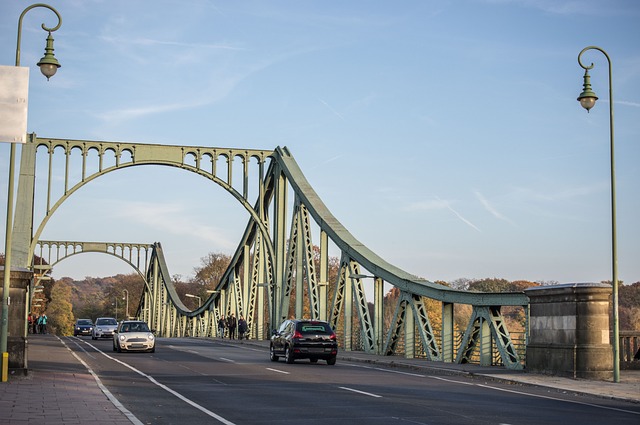Pedal-Powered Skyways: The Rise of Elevated Cycle Highways
Imagine gliding through the city on a bike, high above the congested streets below. This isn't a scene from a futuristic movie, but a growing reality in urban centers worldwide. Elevated cycle highways are reshaping cityscapes and revolutionizing commutes. These innovative structures offer cyclists a safer, faster, and more enjoyable way to navigate urban environments. As cities grapple with traffic congestion and seek sustainable transportation solutions, elevated cycle highways are emerging as a visionary answer to modern mobility challenges.

Engineering Marvels in the Sky
Elevated cycle highways are marvels of modern engineering. These structures are designed to withstand various weather conditions while providing a smooth riding experience. Engineers employ lightweight yet durable materials like reinforced concrete and steel to create paths that can support hundreds of cyclists simultaneously. Advanced drainage systems prevent water accumulation, while wind barriers ensure rider safety during gusty conditions.
Urban Integration and Aesthetic Appeal
Beyond functionality, elevated cycle highways are becoming architectural landmarks. Cities are embracing these structures as opportunities to enhance urban aesthetics. In Copenhagen, the Cykelslangen (Cycle Snake) winds through the city like a vibrant orange ribbon, adding a playful element to the cityscape. Architects are incorporating green spaces, public art, and viewing platforms into these designs, transforming them into linear parks that serve both cyclists and pedestrians.
Economic and Environmental Impact
The implementation of elevated cycle highways yields significant economic and environmental benefits. By encouraging cycling, these structures reduce traffic congestion and decrease reliance on fossil fuels. Studies show that cities with robust cycling infrastructure experience improved air quality and reduced healthcare costs associated with sedentary lifestyles. Moreover, businesses along these routes often see increased foot traffic and revenue, contributing to local economic growth.
Global Adoption and Future Prospects
Cities worldwide are embracing the elevated cycle highway concept. London’s SkyCycle proposal envisions 220 kilometers of elevated paths above railway lines. In China, Xiamen’s elevated bicycle path stretches for 7.6 kilometers, showcasing the scalability of these projects. As urban populations continue to grow, more cities are likely to adopt this innovative approach to sustainable transportation.
Pedal Points: Insights for Sky-High Cycling
• Elevated cycle highways can increase cycling speeds by up to 30% compared to ground-level paths
• Some designs incorporate solar panels, generating clean energy to power lighting and monitoring systems
• In Seoul, a 6.5-kilometer elevated cycle path built on a former highway has reduced carbon emissions by 1.5 tons daily
• Cyclists on elevated highways report lower stress levels and improved mental well-being compared to street-level cycling
• Advanced weather prediction systems are being integrated to alert cyclists about conditions on elevated paths
As cities evolve to meet the challenges of the 21st century, elevated cycle highways stand as beacons of innovation in urban mobility. These skyward paths not only offer practical solutions to congestion and pollution but also inspire a reimagining of urban spaces. By elevating cycling to new heights, cities are paving the way for healthier, more sustainable, and more enjoyable urban living. The future of urban transportation is looking up, quite literally, as more cyclists take to the skies on these remarkable elevated highways.




